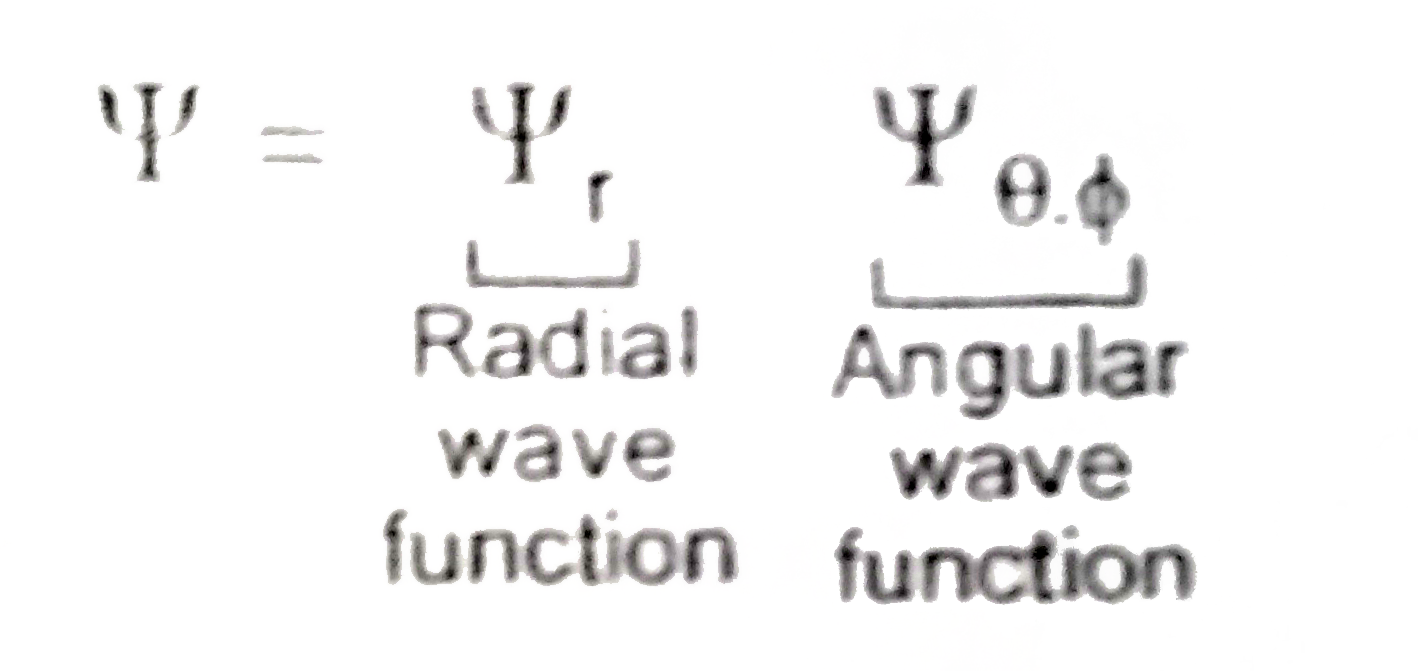PSI occurs in:
Appressed part of granal thylakoids
Appressed and non-appressed part of granal thylakoids
Stroma
Stroma thylakoids and non-appressed part of granal thylakoids
To determine where Photosystem I (PSI) occurs, we can follow these steps:
1. Understand the Components of Photosystems: Photosystems are complexes involved in the process of photosynthesis, specifically in the light-dependent reactions. There are two main types: Photosystem I (PSI) and Photosystem II (PSII).
2. Identify the Location of Chloroplasts: Photosystems are located within chloroplasts, which are the organelles in plant cells responsible for photosynthesis.
3. Differentiate Between PSI and PSII Locations:
- PSI is associated with a specific wavelength of light, approximately 700 nanometers.
- PSII, on the other hand, is associated with a wavelength of around 680 nanometers.
4. Locate PSI within the Chloroplast:
- PSI is found in the stroma thylakoids and the non-apparent part of granule thylakoids.
- This means that PSI is present in both the grana (the stacked structures within the chloroplast) and the stroma lamellae (the unstacked regions).
5. Select the Correct Option: Based on the information, the correct answer is that PSI occurs in both the grana and stroma lamellae of the chloroplast.
Final Answer: PSI occurs in the stroma thylakoids and granule thylakoids of the chloroplast.
---
- PSI is associated with a specific wavelength of light, approximately 700 nanometers.
- PSII, on the other hand, is associated with a wavelength of around 680 nanometers.
- PSI is found in the stroma thylakoids and the non-apparent part of granule thylakoids.
- This means that PSI is present in both the grana (the stacked structures within the chloroplast) and the stroma lamellae (the unstacked regions).
Similar Questions
If f,ϕ,ψ are continuous in [a, b] and derivable in ]a, b[ then show that there is a value of c lying between a & b such that, ∣∣ ∣ ∣∣f(a)f(b)f'(c)ϕ(a)ϕ(b)ϕ'(c)ψ(a)ψ(b)ψ'(c)∣∣ ∣ ∣∣=0
View SolutionWhich one of the following conditions is incorrect for a well behaved wave function (ψ) (A) ψ must be finite (B) ψ2 must be single valued (C) ψ must be infinite (D) ψ must be continuous
View Solution
Knowledge Check
For equal concentration, the value of solute potential (Ψs) of an eletrolyte solution is :
ASame as a non electrolyte solutionBMore than a non electrolyte solutionCLess than a non electrolyte solutionDMore or less than a non electrolyte solutionWhich is true about Ψ :-
AΨ represented the probability of finding an electron around the nucleusBΨ represent the amplitude of the electron waveCBoth A and BDNone of theseFor s-orbitals, since (Ψ orbitals wave function) is independent of angles, the probability density (Ψ2) is
Aalso independent of anglesBspherically symmetricCboth (a) and (b) are correctDboth (a) and (b) are incorrect
Orbitals are the pictorial representationofΨ or Ψ2

Ψ2 tell about the probability of finding electron.
Which of the following orbital is non directional ?
View SolutionOrbitals are the pictorial representationofΨ or Ψ2

Ψ2 tell about the probability of finding electron.
Which of the following graph is correct for 3p ?
View SolutionOrbitals are the pictorial representationofΨ or Ψ2

Ψ2 tell about the probability of finding electron.
A 2px orbital is shown by given diagram

Correct regarding diagram is
View SolutionIf a=cosθ+isinθ, b=cosϕ+isinϕ, c=cosψ+isinψ and ab+bc+ca=2 then sin(θ−ϕ)+sin(ϕ−ψ)+sin(ψ−θ) equals
View SolutionWater potential ψ measured in bar or in
View Solution

